Bold Colors and Dynamic Textures
Gone are the days of the plain white spaces, and in their place are designs that incorporate rich colors and bold textures.
Color, pattern, and texture are becoming a staple in today’s interior design trends. Whether it’s a statement wall, a pattered couch, or colorful cabinetry, these trends are a great way to add style and personality to any space.
The problem for many homeowners is that going bold with color or texture can feel pretty intimidating! But we’re here to tell you it’s possible to integrate color to add impact and showcase personality while creating a timeless design and not overwhelming the space.
COLOR
Color blocking:
In a nutshell, color blocking involves creating solid ‘blocks’ of color. Not only can this create an impactful visual statement and liven up bland spaces, but it can also help you to highlight certain features in your home. Color blocking can mean numerous bold accents throughout a home or a focused palette featuring a few preferred colorful accents. A common use is in cabinetry design. You will often see a bold colored center island, a colorful bar, or pantry. This is a great way to apply a color block in a way that doesn’t envelope the entire room.
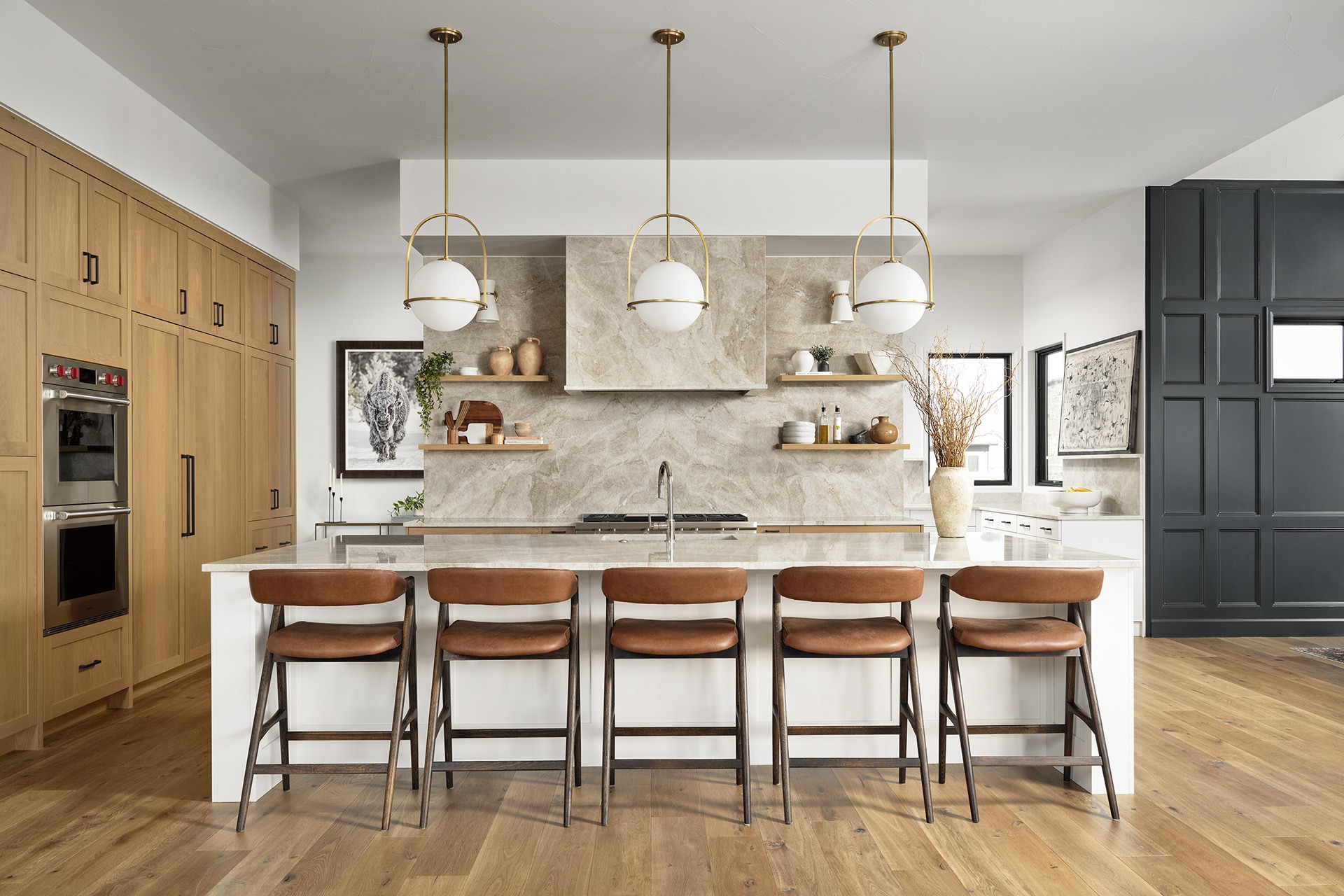
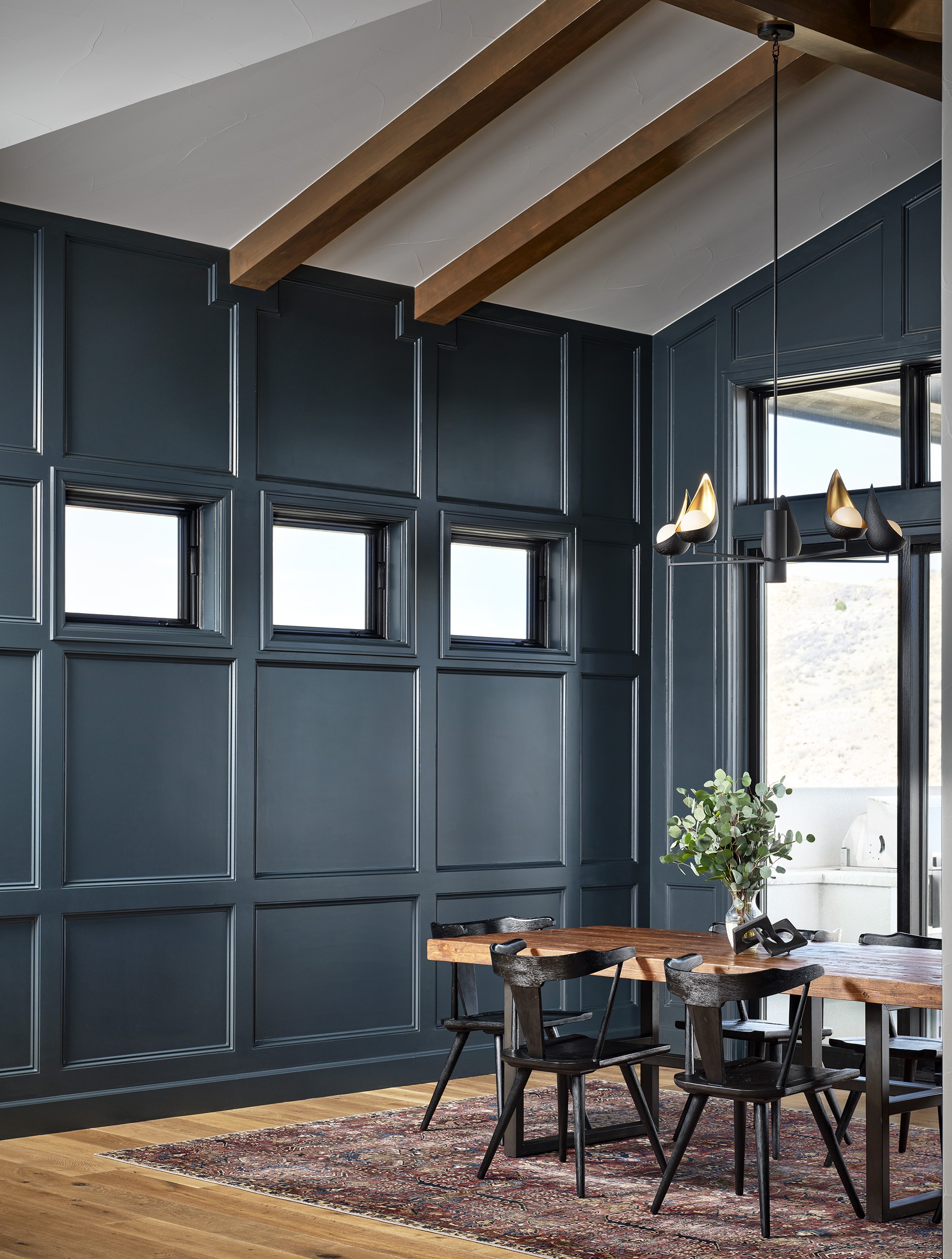
Chantilly: This predominately neutral space is given a pop of color with a color blocked dining room! It’s the perfect way to add color and drama to this open floor plan without the blue taking over the design.
Bold but simple:
A good rule of thumb when embarking on your color journey is to be bold but stay simple. Choose a color that makes an impact on your space but incorporate it on a smaller scale.
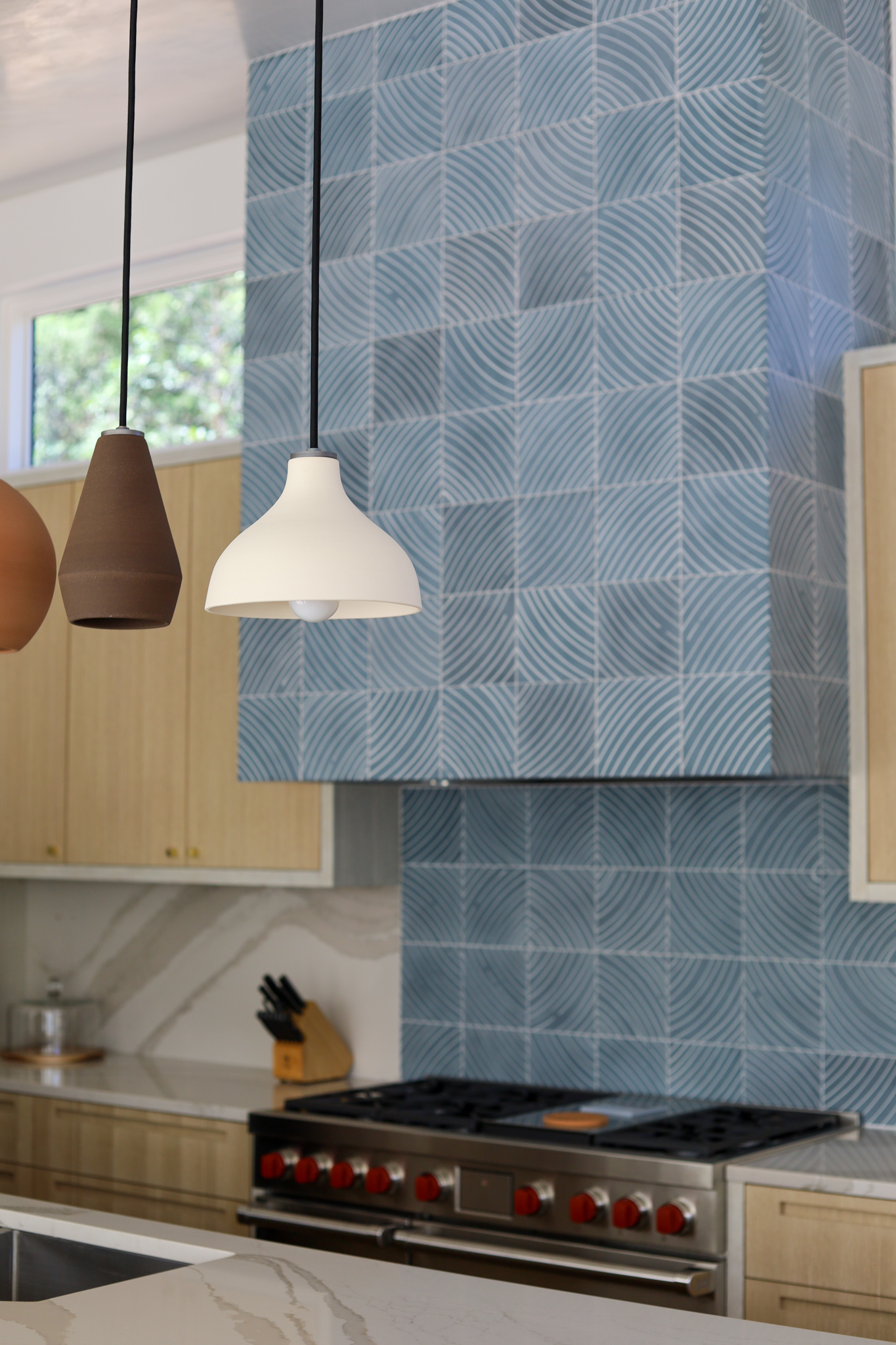
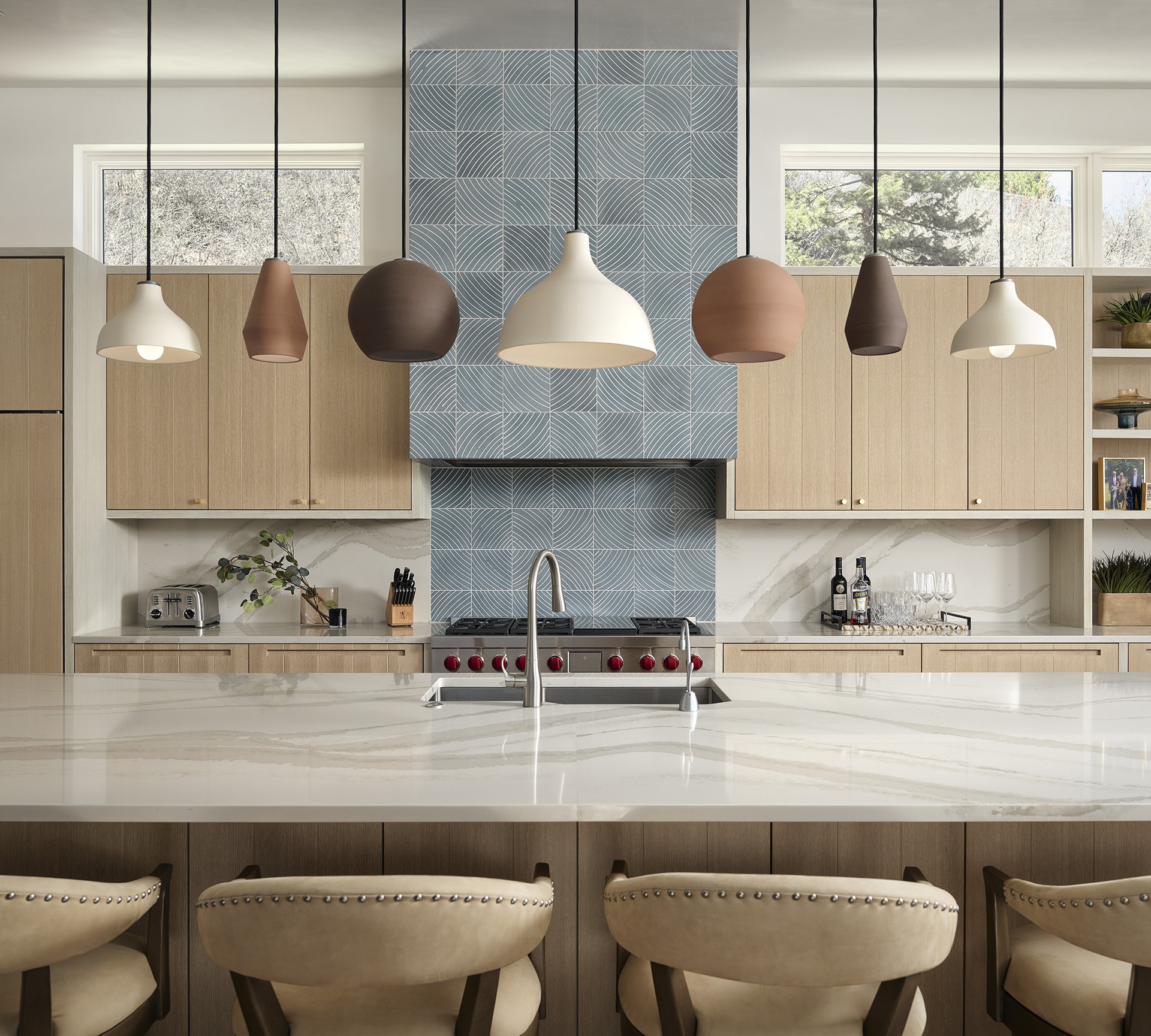
This 2nd Street kitchen makes the blue tiled backsplash/range a focal point in the space. It incorporates color and texture in a way that draws your eye but in a way that remains simple and understated. The blue enhances the overall design but doesn’t overwhelm it.
Art and furnishings:
A great way to start playing around with BOLD color is through art and furnishings! Art can completely alter the look and feel of a space as it adds color to your walls in a way that doesn’t require paint.
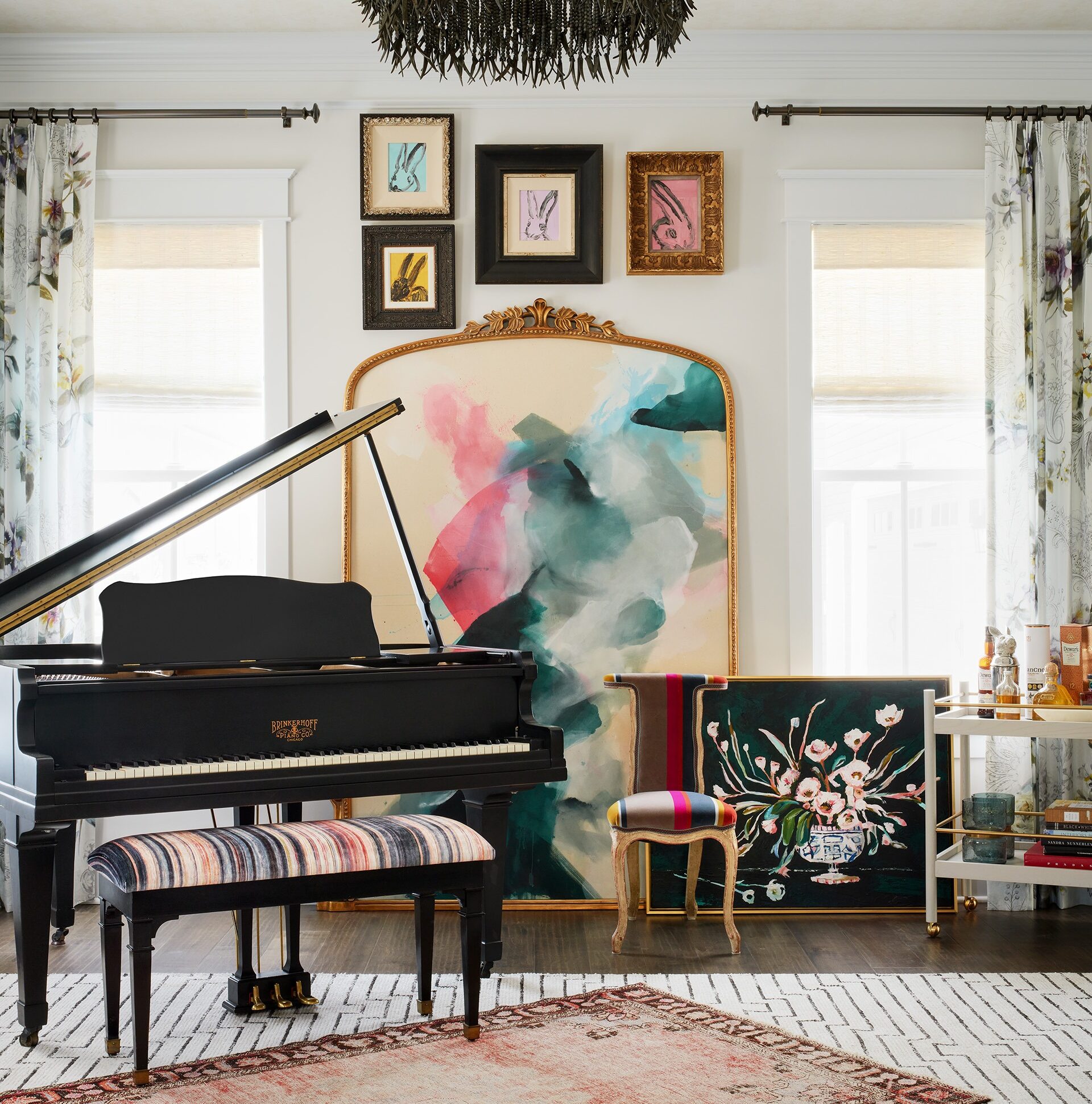
This piano room from our Estes Park Project was brought to life with a wide array of art fixtures. Notice how though each piece is different, all include hues of pink and blue which bring the space together and make the design feel connected and intentional.
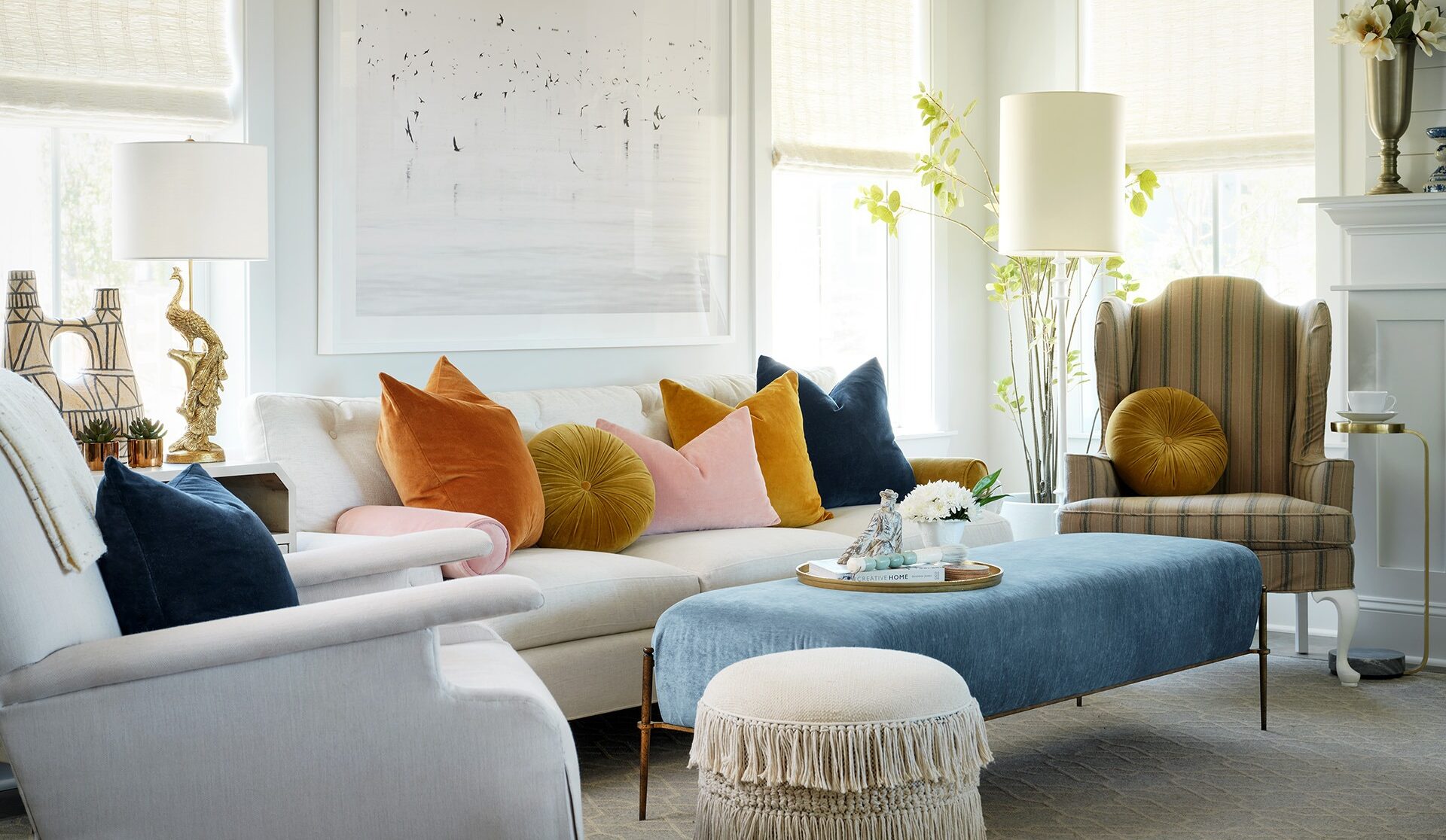
Another way to incorporate color in your home is through furnishings. A statement chair, or colorful couch can bring you that pop of color you are looking for while keeping the majority of your space neutral. This living room design features a light blue ottoman and a pattered armchair. The blue of the ottoman adds color to the space and ties in the throw pillows but doesn’t overwhelm the room.
The best part about incorporating color through furnishings is that it’s less of a commitment! You can easily swap out art, furniture, and décor as the years go on.
Creating Color Harmonies:
1. Analogous Colors
Analogous color schemes involve using colors adjacent to each other on the color wheel, such as blue-green, green, and yellow-green. This creates a harmonious and unified look that is visually appealing yet subtle.
2. Complementary Colors
Complementary colors are located opposite each other on the color wheel, such as red and green or blue and orange. When paired, they create a vibrant and dynamic contrast that adds excitement and energy to a space.
3. Monochromatic Colors
Monochromatic color schemes involve using variations of a single color, such as shades of blue or green. This creates a cohesive, sophisticated, calming, and visually exciting look.
EMBRACING BOLD PATTERNS
Patterns are the lifeblood of a bold design, injecting energy, personality, and visual interest into every corner of a space. From intricate florals to geometric motifs to whimsical prints, upcoming trends celebrate patterns in glorious forms.
Focal Points and Accent Pieces:
Incorporating bold patterns doesn’t have to mean covering every surface of your home in eye-catching motifs. Instead, strategically use patterns to create focal points and accent pieces that draw the eye and anchor the room.
1. Statement Walls
One of the most popular ways to incorporate bold patterns into a design is through statement walls. Whether you opt for wallpaper, paint, or murals, a patterned feature wall can serve as the focal point of a room, setting the tone for the rest of the decor.
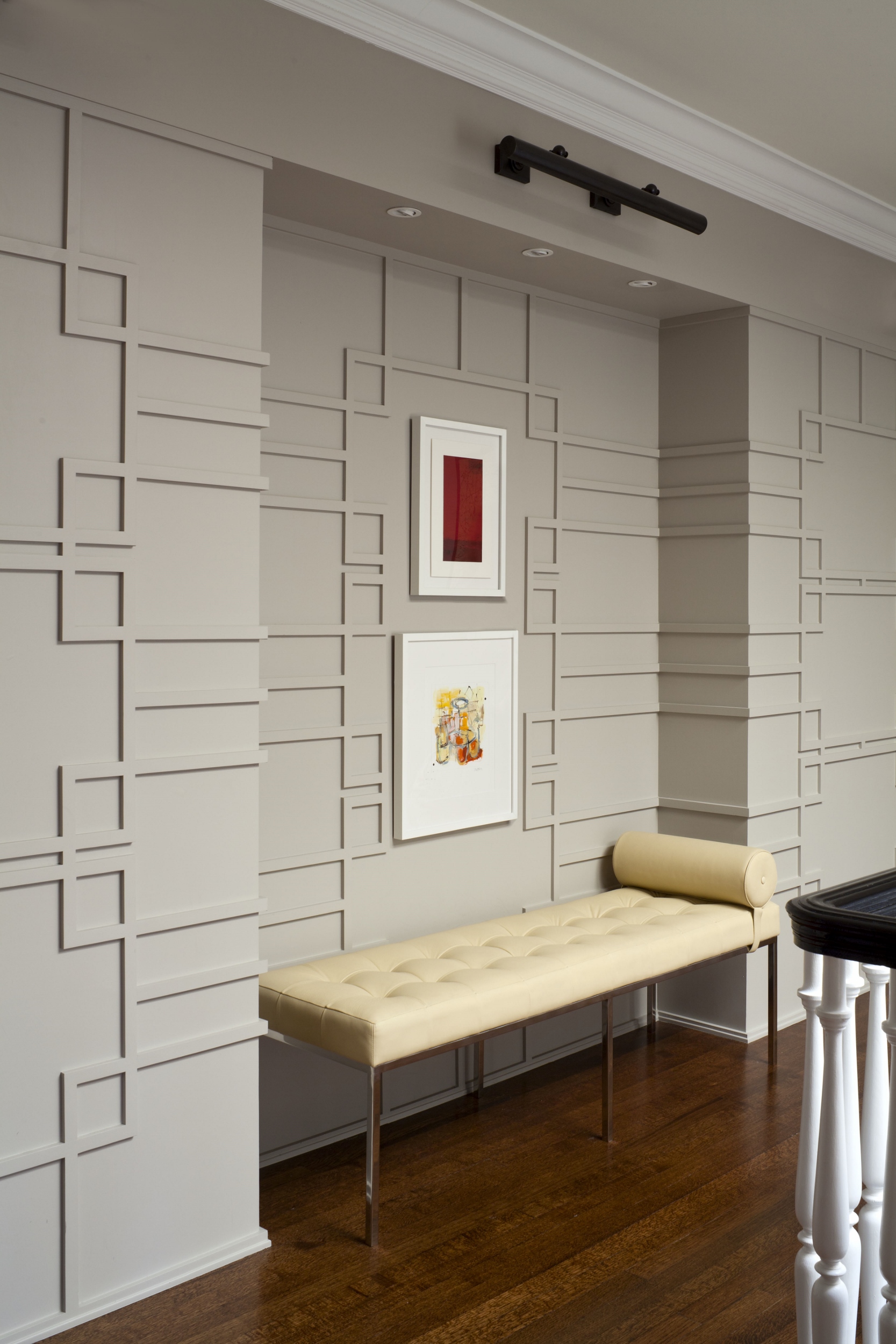
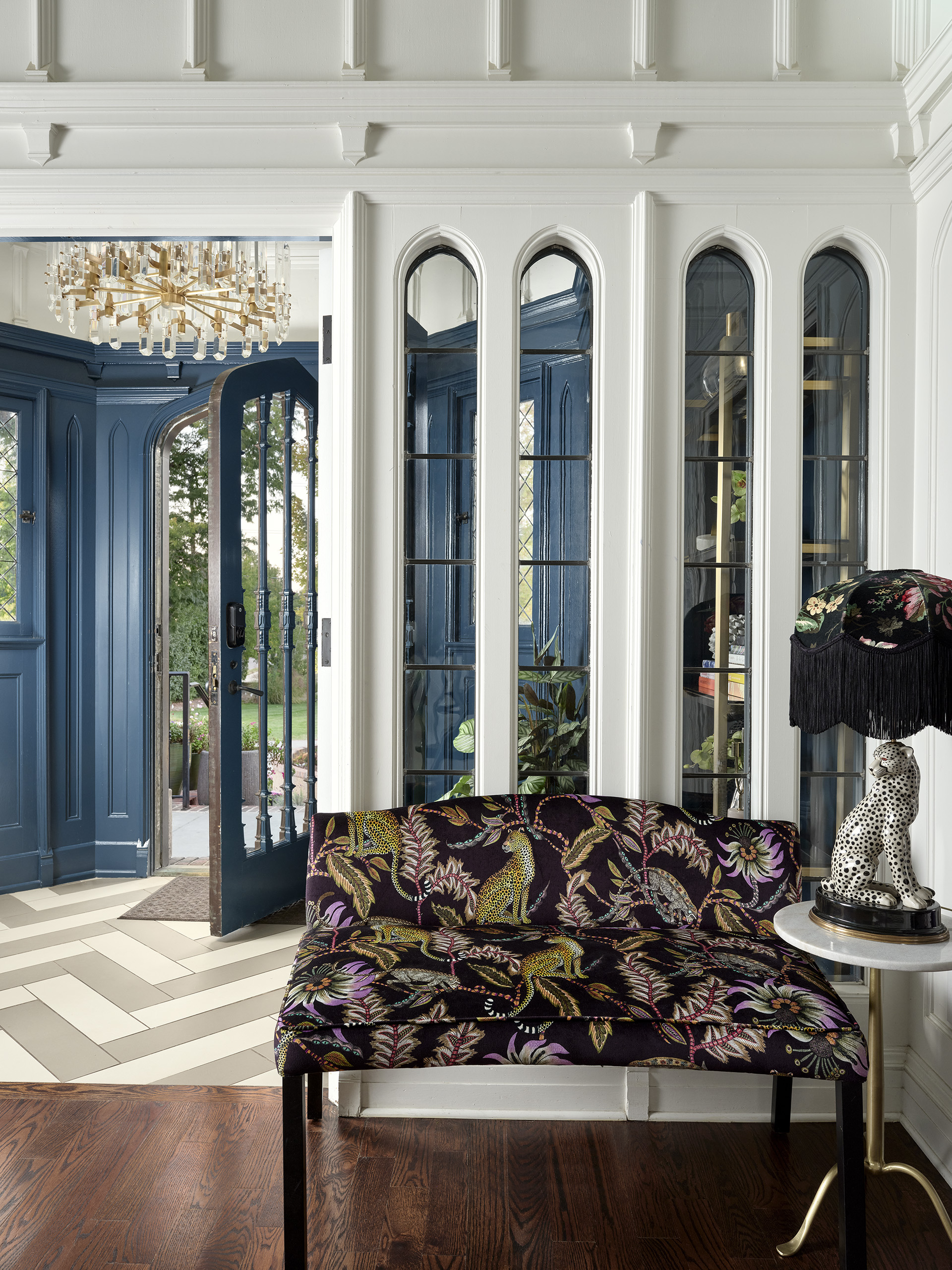
Projects: Vine (left), Olive (right)
2. Statement Furniture/ decor
Another way to introduce bold patterns into your space is through statement furniture pieces. Consider upholstering a sofa or armchair in a vibrant floral fabric or adding a boldly patterned rug to anchor the seating area. These statement pieces can add personality and character to your decor while allowing you to experiment with different patterns in a more controlled manner.
3. Patterned tile
Tile is a great way to incorporate geometric patterns into a design. You will commonly see them used on walls as backsplashes, or as flooring.

RICH TEXTURES
The texture is crucial in design, adding depth, dimension, and tactile appeal to a space.
Incorporate a variety of textures throughout your space to create visual and tactile interest. Mix smooth and rough textures, and soft and hard surfaces, to add complexity and richness to your decor. Consider layering textiles such as rugs, cushions, and throws to create cozy nooks and inviting spaces that beckon relaxation and comfort.
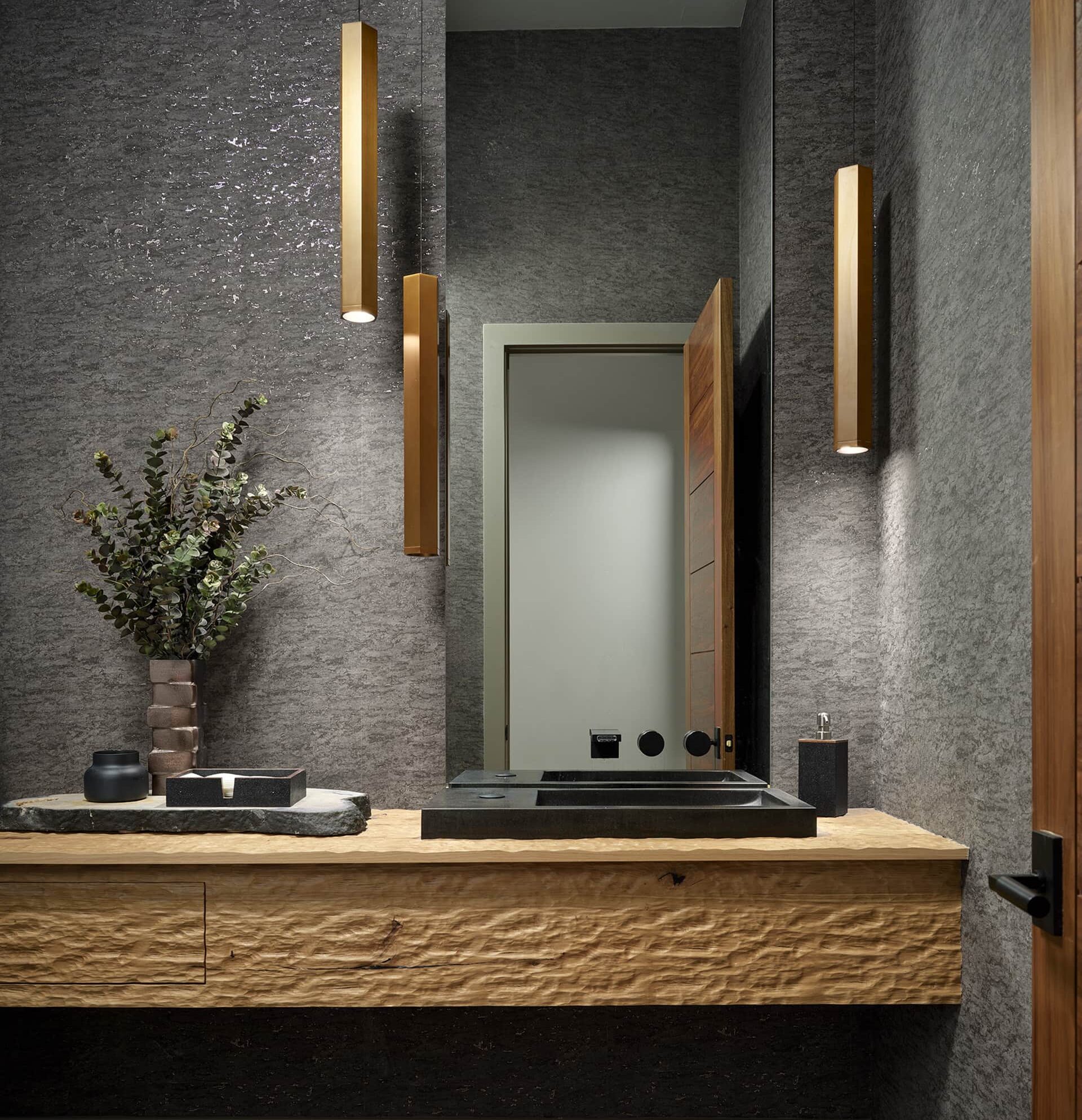
Windy Pointe: The stony ridges of this vanity with the roughness of the wallpaper and the smooth, sleekness of the light fixtures help create a dynamic design that’s rich in texture.
/
Bold color, patterns, and textures in design are all what you make of them! Whether it’s adding a pop of color or simply selecting the perfect wallpaper, we want to help you add personality and style to your home. Contact our design team to get started on your next project!